

- RFQ
- BOM
-
Contact Us
Tel: +86-0755-83501315
Email: sales@sic-components.com
- Chinese
- English
- French
- German
- Portuguese
- Spanish
- Russian
- Japanese
- Korean
- Arabic
- Irish
- Greek
- Turkish
- Italian
- Danish
- Romanian
- Indonesian
- Czech
- Afrikaans
- Swedish
- Polish
- Basque
- Catalan
- Esperanto
- Hindi
- Lao
- Albanian
- Amharic
- Armenian
- Azerbaijani
- Belarusian
- Bengali
- Bosnian
- Bulgarian
- Cebuano
- Chichewa
- Corsican
- Croatian
- Dutch
- Estonian
- Filipino
- Finnish
- Frisian
- Galician
- Georgian
- Gujarati
- Haitian
- Hausa
- Hawaiian
- Hebrew
- Hmong
- Hungarian
- Icelandic
- Igbo
- Javanese
- Kannada
- Kazakh
- Khmer
- Kurdish
- Kyrgyz
- Latin
- Latvian
- Lithuanian
- Luxembou..
- Macedonian
- Malagasy
- Malay
- Malayalam
- Maltese
- Maori
- Marathi
- Mongolian
- Burmese
- Nepali
- Norwegian
- Pashto
- Persian
- Punjabi
- Serbian
- Sesotho
- Sinhala
- Slovak
- Slovenian
- Somali
- Samoan
- Scots Gaelic
- Shona
- Sindhi
- Sundanese
- Swahili
- Tajik
- Tamil
- Telugu
- Thai
- Ukrainian
- Urdu
- Uzbek
- Vietnamese
- Welsh
- Xhosa
- Yiddish
- Yoruba
- Zulu
- Kinyarwanda
- Tatar
- Oriya
- Turkmen
- Uyghur
Varistors
A varistor(https://www.sic-components.com/transient-voltage-suppressors-tvs/varistors-movs), short for "voltage - dependent resistor," is a specialized electronic component renowned for its non - linear electrical behavior. Unlike conventional resistors, whose resistance remains relatively constant with changes in applied voltage, a varistor's resistance varies significantly depending on the voltage across it.
Structurally, the most common type, the metal oxide varistor (MOV), is typically composed of zinc oxide grains interspersed with small amounts of other metal oxides. These materials are sintered together to form a ceramic body, with metal electrodes attached to either end for electrical connection. At the microscopic level, the grain boundaries within the varistor create a multitude of semiconductor - like junctions, which are responsible for its unique electrical properties.
Functionally, varistors serve as crucial safeguards in electrical circuits. Their primary purpose is to protect sensitive electronic devices and components from potentially damaging voltage surges and transients, such as those caused by lightning strikes, power grid fluctuations, or electrostatic discharge (ESD).
The Working Principle Of Varistors (https://www.sic-components.com/transient-voltage-suppressors-tvs/varistors-movs)
The operation of a varistor is based on its voltage - dependent resistance characteristic. Under normal operating conditions, when the voltage applied to the varistor is below a certain threshold value (known as the varistor voltage or breakdown voltage), the varistor exhibits a very high resistance, typically in the megaohm range. In this state, it allows only a negligible amount of leakage current to flow through, effectively acting as an open circuit and having minimal impact on the normal functioning of the connected circuit.
However, when the voltage across the varistor exceeds its threshold, a remarkable transformation occurs. The resistance of the varistor drops rapidly by several orders of magnitude, becoming extremely low. This sudden decrease in resistance enables the varistor to conduct a large amount of current, creating a low - impedance path. As a result, the excess current associated with the voltage surge is diverted away from the protected components in the circuit, clamping the voltage at a relatively safe level and preventing it from reaching values that could cause damage. Once the overvoltage event subsides and the voltage returns below the threshold, the varistor reverts back to its high - resistance state, ready to protect the circuit from future surges.
Main Parameters of the Varistor (https://www.sic-components.com/transient-voltage-suppressors-tvs/varistors-movs)
Varistor Voltage (Vr): Also known as the breakdown voltage or nominal voltage, this is the voltage at which the varistor begins to transition from a high - resistance state to a low - resistance state. It is typically specified at a reference current, often 1 mA of direct current. For example, a varistor with a Vr of 220 V will start conducting significantly when the applied voltage reaches this value.
Maximum Clamping Voltage (Vc): When a voltage surge causes the varistor to conduct, the voltage across it is the clamping voltage. The maximum clamping voltage is the highest voltage that the varistor allows to appear across its terminals during a specified surge current event. It is crucial to ensure that this value is lower than the maximum voltage that the protected components can withstand.
Peak Current Rating (Ip): This parameter indicates the maximum surge current that the varistor can handle for a short duration without being damaged. Different varistors have varying peak current ratings, and choosing a varistor with an appropriate Ip is essential for protecting against the expected magnitude of voltage surges in a circuit.
Energy Rating (E): Measured in joules, the energy rating represents the total amount of energy that a varistor can absorb during a single overvoltage event. It is related to the magnitude and duration of the surge current and voltage. A higher energy - rated varistor is capable of handling more severe surges.
Response Time: The response time of a varistor is the time it takes to transition from its high - resistance state to its low - resistance state when an overvoltage occurs. Most varistors have a response time in the nanosecond range, allowing them to quickly react to fast - rising voltage transients.
Capacitance: Varistors also exhibit a certain amount of capacitance, which can affect their performance in high - frequency circuits. In applications where high - frequency signals are present, the capacitance of the varistor needs to be considered to avoid signal distortion or interference.
Types and Characteristics of varistors (https://www.sic-components.com/transient-voltage-suppressors-tvs/varistors-movs)
Metal Oxide Varistors (MOVs)
MOVs are by far the most widely used type of varistors. Their key characteristics include:
High Energy Absorption Capacity: MOVs can absorb a substantial amount of energy during voltage surges, making them suitable for protecting circuits from powerful transients, such as those caused by lightning.
Fast Response: They can react to overvoltage events within nanoseconds, providing rapid protection to sensitive components.
Bidirectional Protection: MOVs can protect against both positive and negative voltage surges, offering comprehensive circuit protection.
Cost - Effective: They are relatively inexpensive compared to some other types of overvoltage protection devices, making them a popular choice for a wide range of applications. However, MOVs do have some limitations. Repeated exposure to high - energy surges can cause them to age and degrade over time, reducing their effectiveness. In extreme cases, they may even fail short - circuit, which can pose a fire hazard if not properly protected against.
Silicon Carbide Varistors
Silicon carbide varistors are less common than MOVs but are used in specific applications, particularly in high - voltage and high - frequency environments. They offer characteristics such as:
High - Voltage Tolerance: Capable of withstanding higher voltages compared to many MOVs, making them suitable for protecting high - voltage electrical systems.
Good High - Frequency Performance: Their lower capacitance and better frequency response make them suitable for use in circuits where high - frequency signals are present, such as in some telecommunications and power electronics applications. However, silicon carbide varistors can be more expensive and may have lower energy absorption capabilities compared to MOVs in some cases.
The Role of varistors (https://www.sic-components.com/transient-voltage-suppressors-tvs/varistors-movs)
Overvoltage Protection: The primary role of varistors is to safeguard electrical circuits from overvoltage events. By clamping the voltage during surges, they prevent excessive voltage from reaching sensitive components like integrated circuits, transistors, and other electronic parts, thus ensuring the reliability and longevity of the overall system.
Lightning and Surge Protection: In power distribution systems, buildings, and outdoor electronic equipment, varistors are used to protect against lightning - induced surges. They safely divert the large amounts of energy associated with lightning strikes to the ground, preventing damage to connected electrical devices.
Electrostatic Discharge (ESD) Protection: In electronic manufacturing and in devices that are prone to ESD, such as computer keyboards, mice, and USB ports, varistors help to protect against the sudden release of static electricity. This protection prevents ESD - related damage to internal components, which could otherwise lead to malfunctions or permanent failure.
Switching Transient Suppression: When electrical switches, relays, or contactors are operated, they can generate voltage transients. Varistors are used to suppress these switching - related transients, reducing electromagnetic interference (EMI) and protecting the connected circuitry from potential damage caused by these short - lived voltage spikes.
Applications of varistors (https://www.sic-components.com/transient-voltage-suppressors-tvs/varistors-movs)
Power Supplies: In power supply units for computers, servers, and other electronic devices, varistors are placed at the input stage to protect against voltage surges from the power grid. They ensure that the internal components of the power supply, such as transformers, rectifiers, and regulators, are not damaged by overvoltage events, thereby maintaining the stable operation of the entire device.
Consumer Electronics: Devices like televisions, audio systems, gaming consoles, and smartphones often incorporate varistors for protection. They guard against ESD during handling and use, as well as against voltage surges that may occur due to power outages or fluctuations in the home electrical system.
Industrial Automation: In industrial settings, varistors are used to protect programmable logic controllers (PLCs), motor drives, sensors, and other automation equipment. They help to ensure the continuous operation of industrial processes by preventing damage from voltage transients caused by lightning, switching operations in large motors, or other electrical disturbances in the factory environment.
Automotive Electronics: Modern vehicles are equipped with a large number of electronic control units (ECUs), sensors, and communication systems. Varistors are used in automotive electronics to protect these components from voltage surges generated by the vehicle's electrical system, such as those during engine starting or alternator operation, as well as from external sources like lightning strikes.
Telecommunications: In telephone exchanges, routers, modems, and other telecommunications equipment, varistors play a crucial role in protecting against overvoltage events that could disrupt communication services. They help to ensure the reliability of the telecommunications network by safeguarding the sensitive electronic components used in signal processing and transmission.
How to choose a right varistor? (https://www.sic-components.com/transient-voltage-suppressors-tvs/varistors-movs)
Determine the Operating Voltage: First, identify the normal operating voltage of the circuit where the varistor will be installed. The varistor's maximum continuous operating voltage (AC or DC) should be higher than the highest expected normal voltage in the circuit, with a sufficient margin to account for any voltage fluctuations. For example, for a 220 V AC power circuit, a varistor with a maximum continuous operating voltage of at least 275 V AC (allowing for a 25% voltage fluctuation) would be a suitable starting point.
Assess the Expected Surge Characteristics: Consider the magnitude, duration, and frequency of the expected voltage surges. Based on this, select a varistor with an appropriate peak current rating and energy rating. If the circuit is likely to experience large, infrequent surges, a varistor with a high peak current and energy rating will be required. For more frequent, but smaller surges, a varistor with a lower rating may suffice.
Check the Clamping Voltage: Ensure that the varistor's maximum clamping voltage during a surge is lower than the maximum voltage that the protected components can withstand. This will guarantee that the varistor effectively protects the circuit by limiting the voltage to a safe level.
Consider the Application Environment: Take into account the environmental conditions in which the varistor will operate, such as temperature, humidity, and vibration. Some varistors are designed to operate in harsh environments and may have specific ratings or encapsulations to withstand these conditions.
Evaluate Capacitance (if applicable): In high - frequency circuits, the capacitance of the varistor can impact the circuit's performance. For such applications, choose a varistor with a low capacitance value to minimize signal distortion or interference.
How to test varistors? (https://www.sic-components.com/transient-voltage-suppressors-tvs/varistors-movs)
Visual Inspection: Before performing any electrical tests, visually inspect the varistor for signs of physical damage, such as cracks, burns, or bulges. A damaged varistor is likely to be non - functional and should be replaced.
Resistance Measurement: Use a multimeter set to the resistance measurement mode to measure the resistance of the varistor. Under normal conditions (with no applied voltage or a voltage below the varistor voltage), the varistor should exhibit a very high resistance. If the measured resistance is low (e.g., in the ohm or kilohm range), it may indicate that the varistor has been damaged or has failed short - circuit.
Voltage - Current Testing: To more accurately test the varistor's performance, a variable DC power supply and a current - measuring device (such as an ammeter) can be used. Slowly increase the voltage applied to the varistor while monitoring the current. The varistor should remain in a high - resistance state until the applied voltage reaches its varistor voltage. At this point, the current should start to increase rapidly. Compare the measured varistor voltage and the current - voltage characteristics with the manufacturer's specifications to determine if the varistor is functioning properly.
Surge Testing (Optional): For more comprehensive testing, specialized surge - testing equipment can be used to simulate actual overvoltage events. This involves applying controlled voltage surges of known magnitude and waveform to the varistor and measuring the resulting clamping voltage and current. Surge testing can provide a more realistic assessment of the varistor's performance under real - world conditions, but it requires more advanced equipment and expertise.
About SIC (https://www.sic-components.com/transient-voltage-suppressors-tvs/varistors-movs)
SIC - Your Preferred Sensor Supplier! We are dedicated to providing first-class sensors for various industries. We have a vast inventory of over 800 million components, ensuring immediate delivery and minimizing your waiting time.
Our sensors stand out for their high quality and reliability. Whether you need sensors for industrial automation, automotive applications, or consumer electronics, SIC can meet your requirements. We collaborate closely with global authorized agents and manufacturers, enabling us to offer competitive prices and discounts on major platforms.
At SIC, we understand your needs and provide customized solutions. Choose SIC as your sensor supplier and experience our professional service, high-quality products, and unparalleled value.
(https://www.sic-components.com/transient-voltage-suppressors-tvs/varistors-movs)

Hot Products
View MoreRelated Blogs

2000+
Daily average RFQ Volume

30,000,000
Standard Product Unit

2800+
Worldwide Manufacturers

15,000 m2
In-stock Warehouse






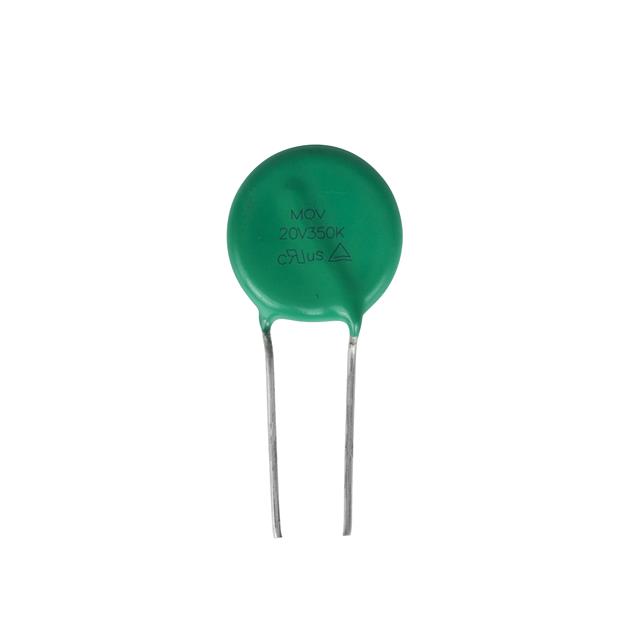

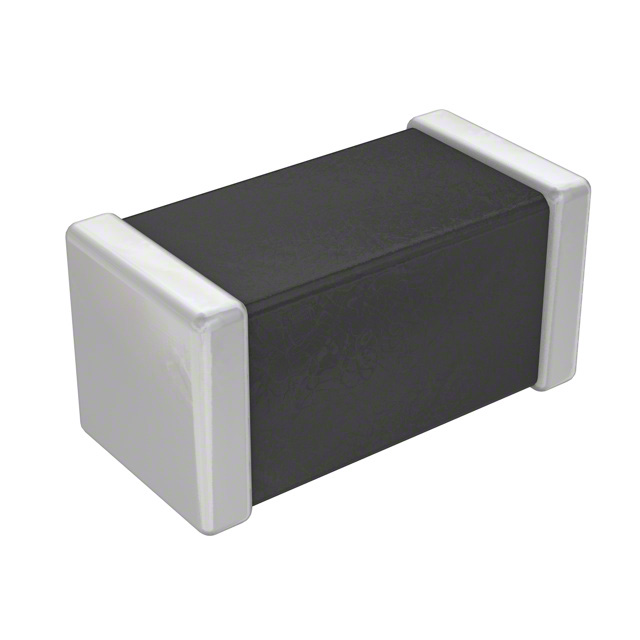
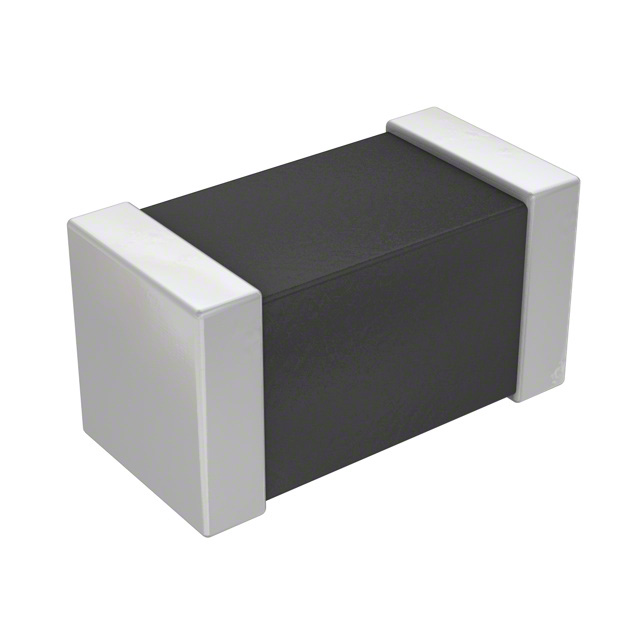
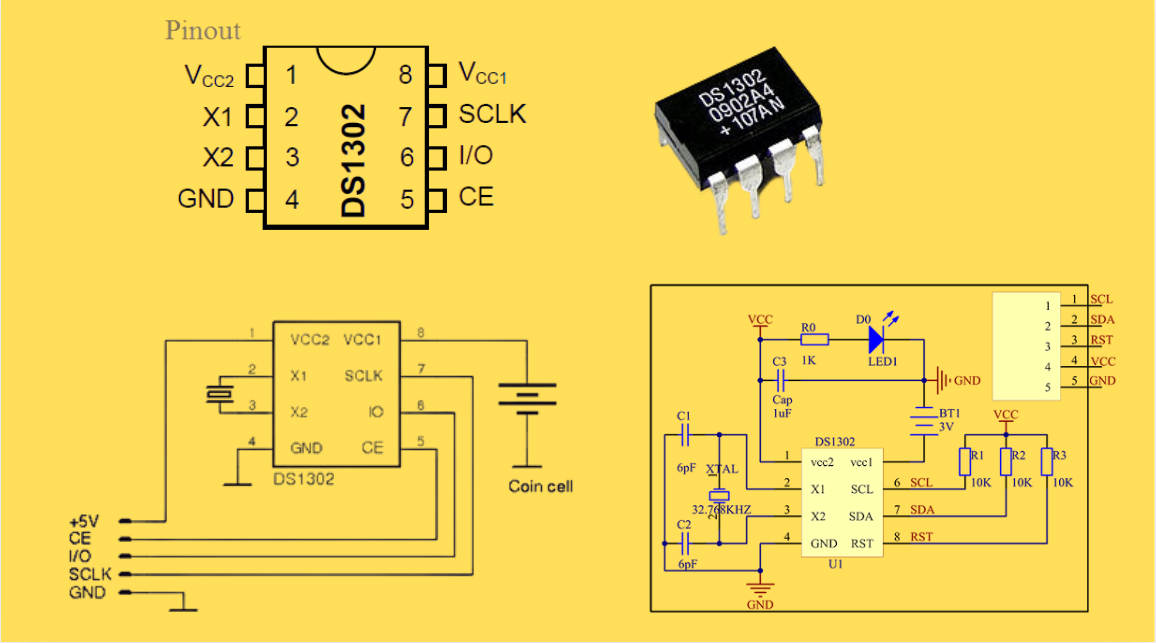

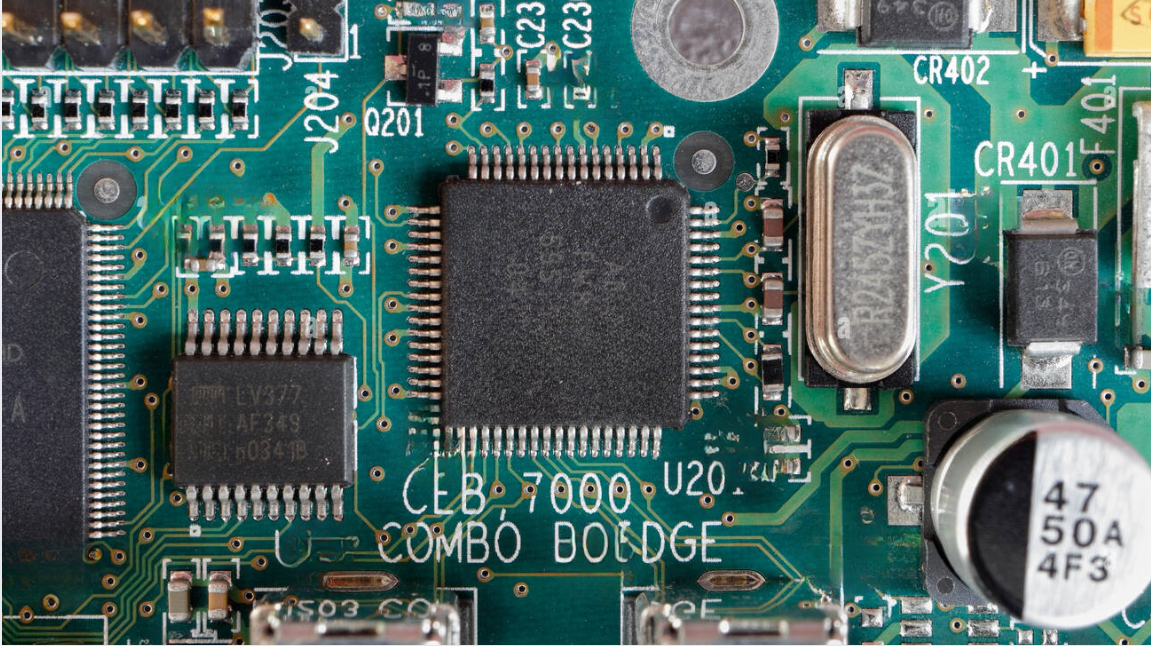
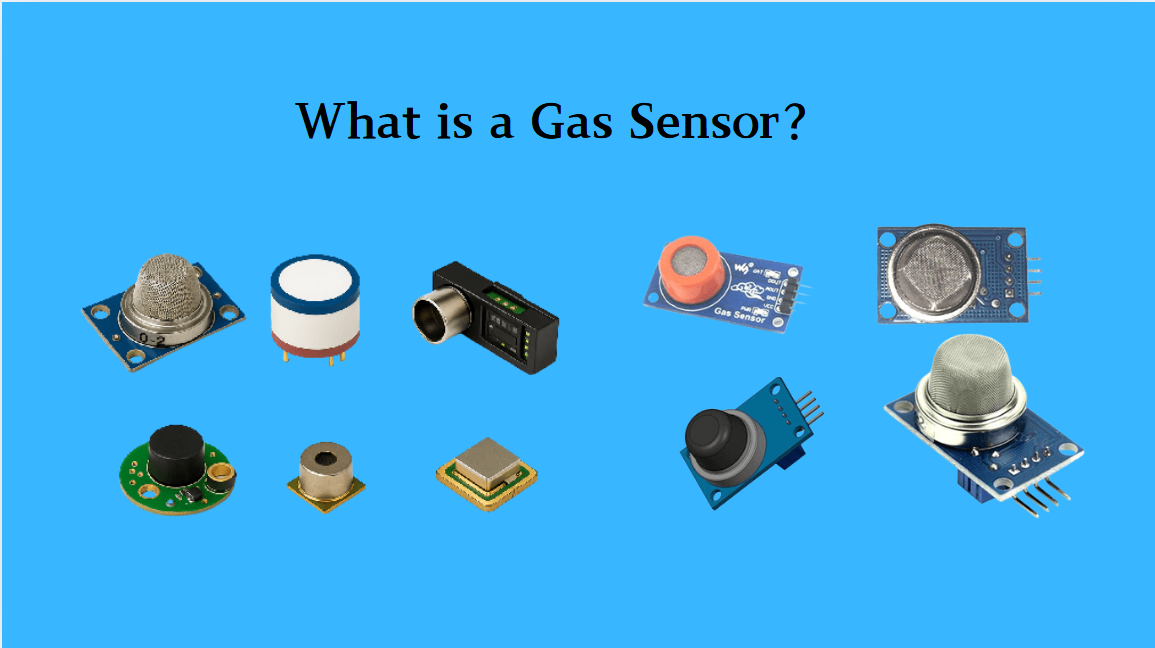

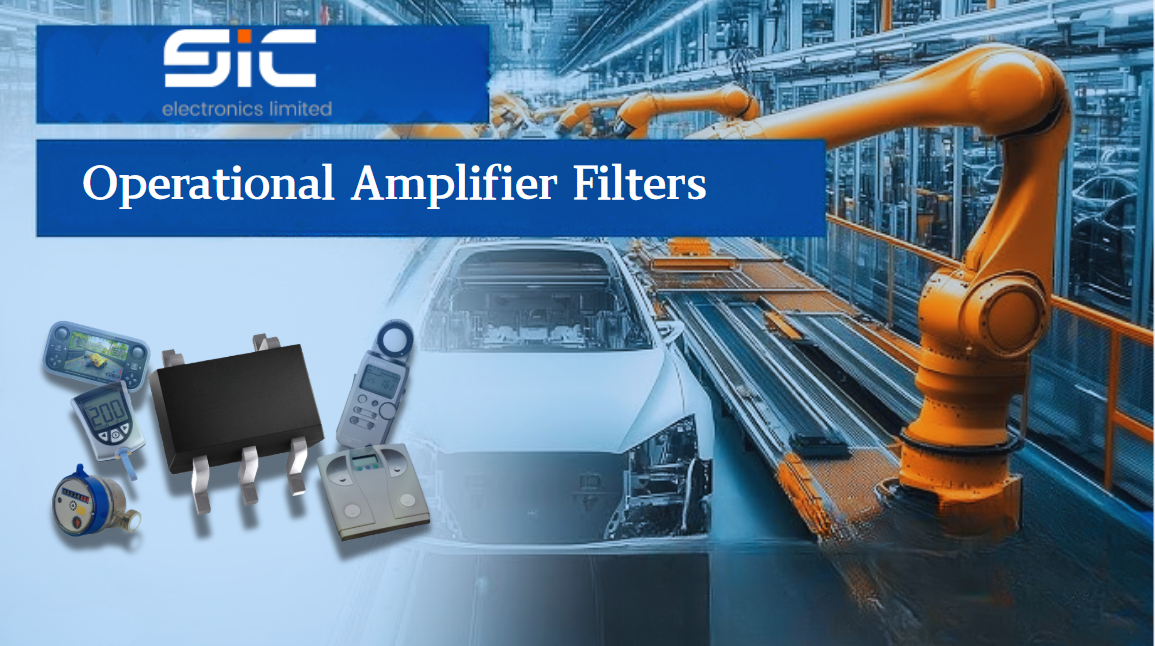

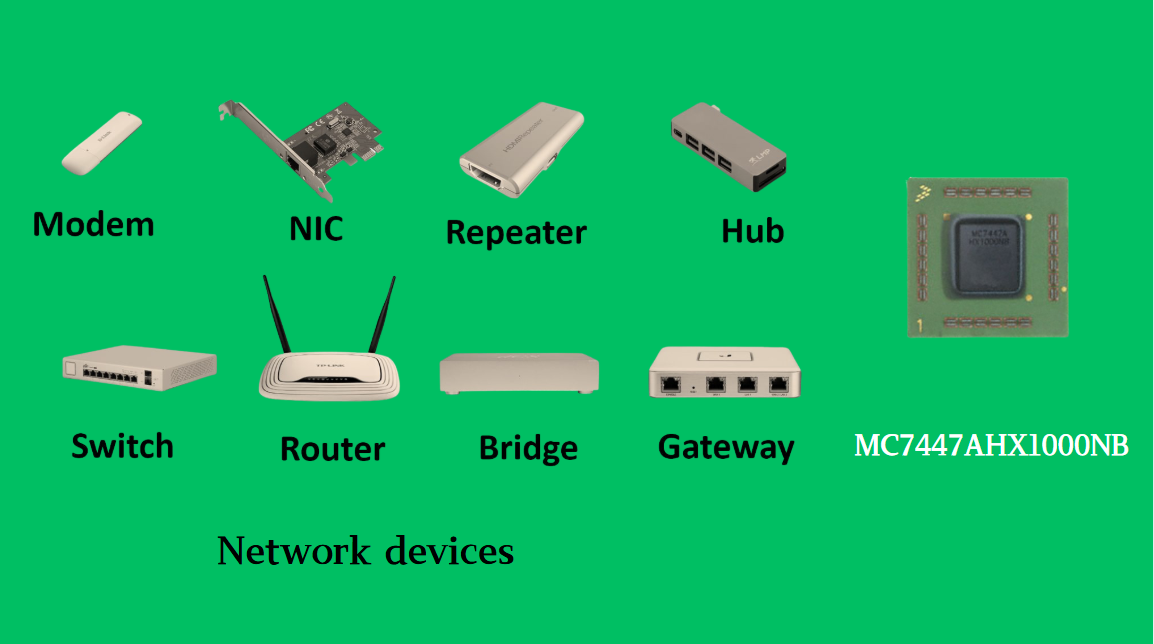
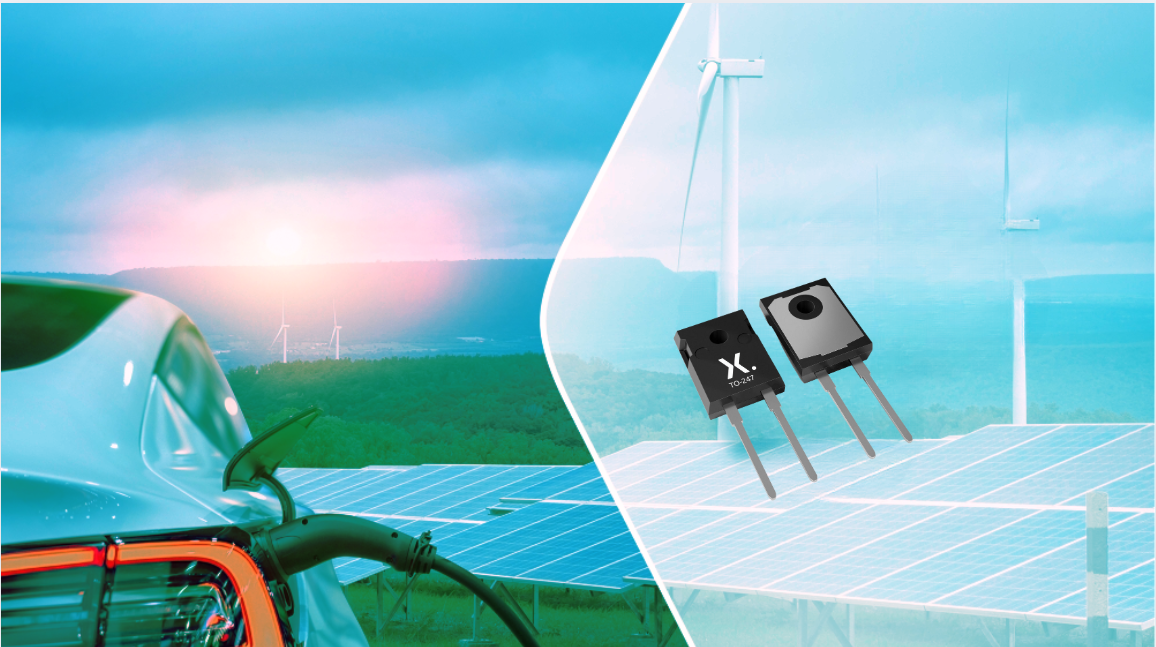
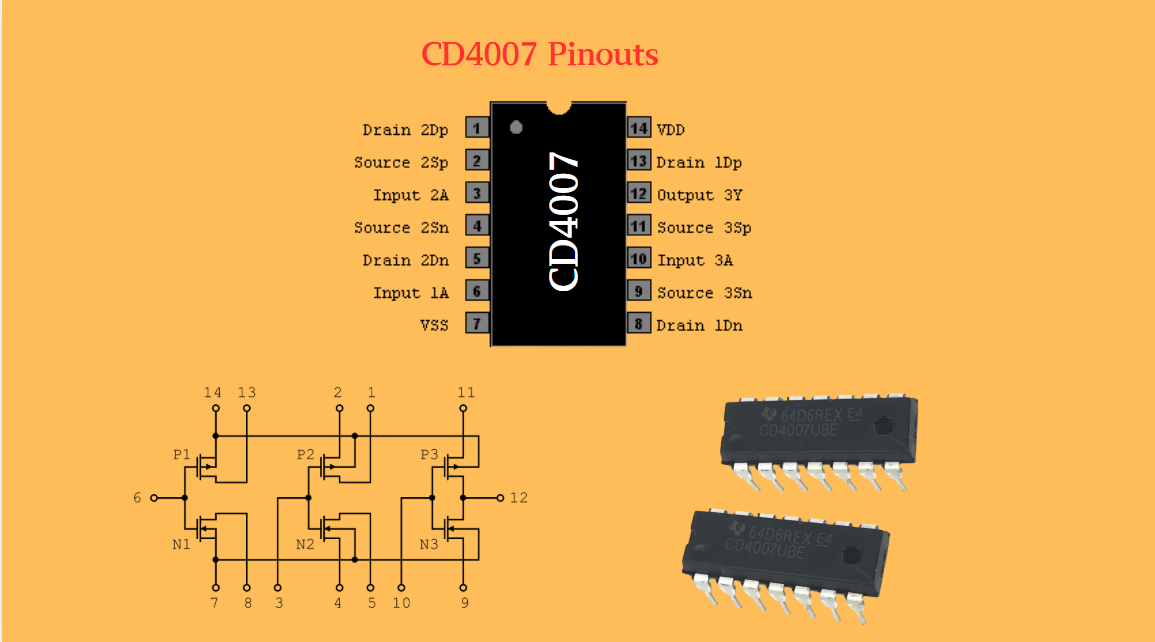
 Wishlist (0 Items)
Wishlist (0 Items)